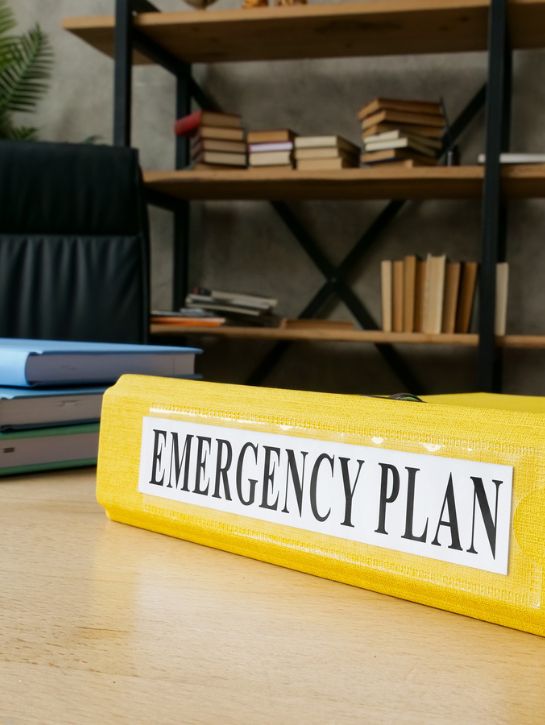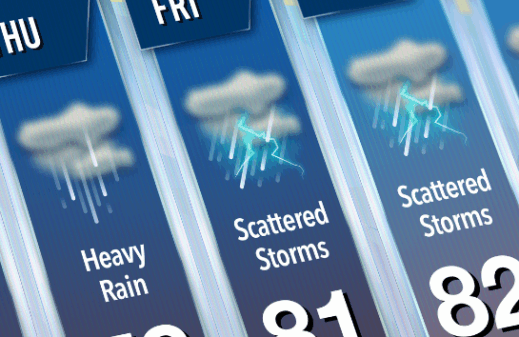Tornadoes, hurricanes, floods, and wildfires are all examples of unexpected events that may require you to evacuate your building. Evacuations are difficult for any type of business. For adult residential care facilities, they’re especially complicated. Is your facility prepared?
Natural Disasters Are Increasing
Even if you’ve never had to evacuate your building in the past, you shouldn’t assume your luck will hold going forward. Natural disasters are increasing in both severity and frequency, which means the odds of an evacuation occurring are growing.
NOAA says 28 separate natural disasters each caused losses of at least $1 billion in 2023. For comparison, when adjusted for inflation, only 8.4 billion-dollar events have occurred each year on average since 1980. Recently, the number of events each year has been climbing, reaching a new all-time high in 2023. a new all-time high in 2023.
According to Pew Charitable Trusts, there are a few reasons behind the increase. Climate change is playing a role, but so are changes in population migration and land use. Regardless of the cause, the undeniable fact is natural disasters are taking a greater toll on society.
If a natural disaster threatens your residential care facility, whether you’re prepared may make an enormous difference.
Key Considerations for Assisted Living Facilities
During an evacuation, quick action is essential. You won’t necessarily have time to work out logistics and find resources. For this reason, it’s important to create a plan ahead of time.
Your evacuation plan should consider the following:
- How will residents evacuate? Many of your residents probably don’t drive, so they will need safe transportation.
- Where will residents go? It’s important to have multiple options for travel routes and destinations because you don’t know which areas will be impacted. You may also need to use multiple destinations, since a single location might be unable to take all your residents. Maintain contracts with other facilities that would be able to take your residents during an emergency.
- How will you take care of residents with special needs? Some of your residents have health conditions, take medications, or have other special needs. Consider how you will continue to provide necessary care during evacuations.
- What supplies do you need to take? Necessary supplies may include medical supplies and medications for residents as well as important files you need to ensure residents receive essential care.
- Who will be in charge of what? Evacuations are often confusing. Make sure everyone knows their duties ahead of time. For example, who will drive? Who will help the residents get ready? Who will make arrangements for relocations? Also consider what training you need to provide to ensure everyone is ready.
- How will you maintain communications? You’ll need to stay in contact with your staff as well as the families of your residents. Consider whether you’ll use phone calls, emails, a page on your website, or a combination of methods. Also make sure you’ll have the contact information you need, keeping in mind that your facility might be inaccessible.
- What resources will support your recovery? After a widespread disaster, contractors may be overwhelmed. Unscrupulous and unlicensed contractors may try to take advantage of the situation. Find trustworthy contractors and establish relationships with them ahead of time.
- How will you protect your organization’s finances during and after the disaster? Also consider how you’ll pay for recovery. Do you have adequate property insurance? Does it cover business interruption and temporary relocation costs?
Emergency Preparedness and Regulations
When crafting an evacuation plan, it’s important to be mindful of any relevant CMS and state regulations for emergency preparedness at long-term care facilities.
The Emergency Preparedness Requirements for Medicare and Medicaid Participating Providers and Suppliers from CMS has requirements for long-term care facilities. These address the following:
- The facility’s emergency plan
- Policies and procedures
- Communications plans
- Training and testing
- Emergency and standby power systems
Even if your facility is not subject to CMS rules, these requirements may serve as a good guideline when you are crafting your own plan.
Your state may also have requirements and resources you can use when creating an emergency plan that includes an evacuation plan. For example, Texas HHS has information on how long-term care providers should prepare for evacuations.
Additional Resources
Ready.gov has resources to help businesses create emergency plans. The website also has resources for business continuing planning, crisis communications, and other related topics.
If you have questions or need to secure additional adult residential care facility insurance, Tangram can help. We provide insurance for residential care facilities through the Personal Care & Assisted Living Insurance Center (PCALIC). Learn more.
This article was provided by Tangram Insurance Services.




